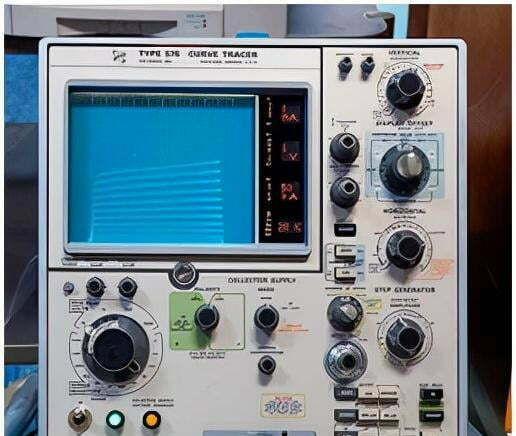In-circuit programming or IC programming is a process in which the internal memory of a microcontroller can be reprogrammed. This is necessary when you want to change the behavior and responses of the microcontroller during its runtime. Programming and reprogramming the microcontroller is done through software or firmware and requires specialized hardware called a programmer or ICPROG.
There are different types of IC programming, mainly source programming, transmission source programming, offline source programming and In-Circuit Reprogramming (ICR). Here we will discuss what is In-Circuit Programming in detail In-circuit programming also known as embedded programming or onboard programming, allows the reprogramming of microcontrollers during their runtime. The ability to change the execution path of a chip while it’s running creates powerful possibilities for custom control applications where new code must be injected into a running system.
What is ICPROG?
ICPROG or IC Programming is a technology used to program the microcontrollers in-circuit. This enables the reprogramming of microcontrollers while they are running. IC programming also known as embedded programming or onboard programming allows the reprogramming of microcontrollers during their runtime. The ability to change the execution path of a chip while it’s running creates powerful possibilities for custom control applications where new code must be injected into a running system. ICPROG is the equipment used to program the microcontroller while it is still in the circuit. The ICPROG is a combination of PROM, programmer and interface. ICPROG is also known as an in-circuit programmer or embedded programmer.
In-Circuit Reprogramming
In-Circuit Reprogramming is the ability to reprogram the microcontroller while it is still in the circuit. This is necessary when you want to change the behavior and responses of the microcontroller during its runtime. IC Reprogramming can be done either manually or automatically. In Manual IC Reprogramming, you need to remove the IC from the circuit and connect it to ICPROG. You reprogram it and then put the IC back in the circuit. In Automatic IC Reprogramming, you can reprogram the IC while it is still in the circuit. This is possible when you have an ICPROG that can be connected to the circuit and reprogram the IC while it is connected.
What is Source Programming?
Source programming is the process of programming the microcontroller’s source code or source file. This can be done through a source file editor like VIM or EMERGE. Source programming is best suited when the functionality of the existing code needs to be changed. To program the device’s source code, the microcontroller must be in the off state because the code is loaded into the internal memory of the microcontroller. In source programming, the microcontroller must be in the off state because the code is loaded into the internal memory of the microcontroller. The code can be compiled and downloaded into the microcontroller’s Flash memory.
What is Transmission Source Programming?
Transmission source programming is a process of programming the microcontroller’s source code and transmitting it to the microcontroller through a wired or wireless connection. This is done using a microcontroller programmer or an integrated development environment (IDE). The microcontroller will receive the code using its serial interface. Transmission source programming is best suited when the source code is large. The microcontroller is connected to a programming device or computer through a serial interface. The computer generates the source code and transmits it to the microcontroller. The microcontroller receives and stores the code in its Flash memory.
What is Offline Source Programming?
Offline source programming is a process of programming a microcontroller’s source code and storing it in a file on a connected computer or external storage device. This is done through an IDE. The code is saved in a source file. Later, when you require the code, you can download it from the storage device to the microcontroller. The microcontroller is connected to a programming device or computer through a serial interface. The computer generates the source code and stores it in a file on the connected computer or external storage device. Later, when you require the code, you can download it from the storage device to the microcontroller. Offline source programming is best suited when the source code is very large and transmission source programming is not possible because the microcontroller might not have enough memory to store the code.
Conclusion
In this article, we discussed what is In-Circuit Programming in detail. In-circuit programming also known as embedded programming or onboard programming allows the reprogramming of microcontrollers during their runtime. The ability to change the execution path of a chip while it’s running creates powerful possibilities for custom control applications where new code must be injected into a running system. The equipment used to program the microcontroller while it is still in the circuit is called ICPROG. The ICPROG is a combination of PROM, programmer and interface. The ability to reprogram the microcontroller while it is still in the circuit is called in-circuit programming or IC reprogramming. If you’re looking for IC unlock service, we’d try our best to help you.








